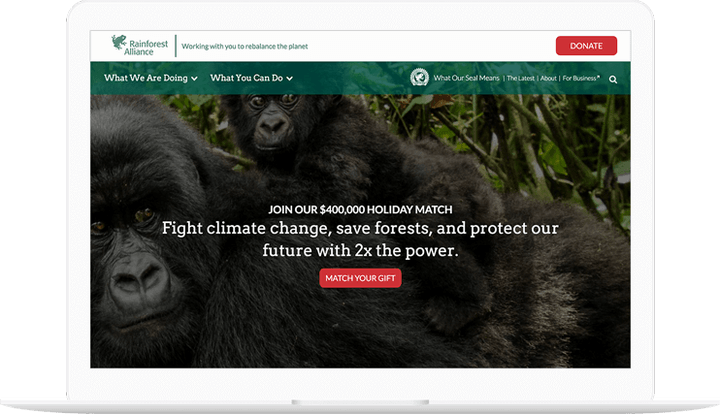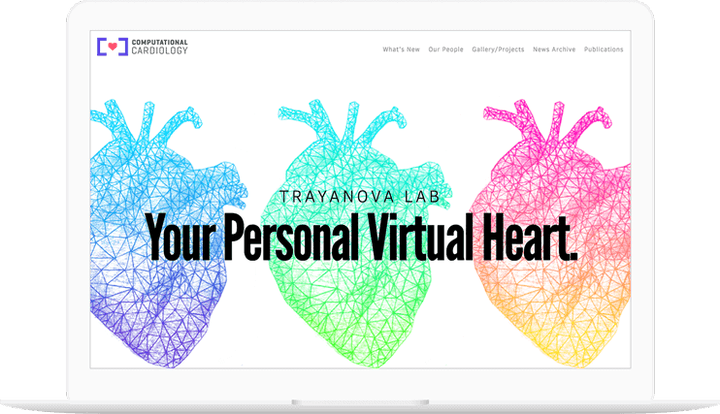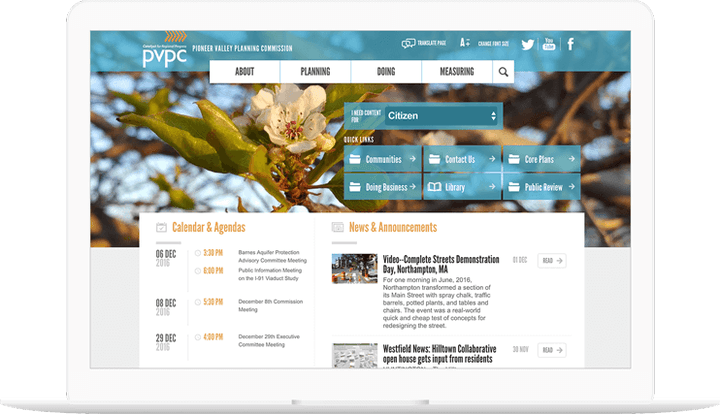We're proud to provide User Experience services.
Mass.gov
Balancing content freshness and performance on Mass.gov.
Strategic optimizations transformed Mass.gov, delivering a 50% boost in back-end performance and a 30% improvement in front-end speed.

Balancing content freshness and performance on Mass.gov.
The Commonwealth of Massachusetts
Improving the Drupal authoring experience.
Improving the experience to improve the content.

Improving the Drupal authoring experience.
The Commonwealth of Massachusetts
Massive performance wins.
Balancing fresh content and top-notch performance.

Massive performance wins.
Rainforest Alliance
Reimagined on Drupal 8, in six sprints.
A testimony to Drupal 8 and the efficacy of the agile approach.

Reimagined on Drupal 8, in six sprints.
Seramount
Seramount's Online Portal in WordPress
A B2B online learning and development platform built on WordPress.

Seramount's Online Portal in WordPress
Executive Office of Technology Services and Security
Transforming Government Services with AI: Massachusetts' Next-Generation Chatbot
Last Call Media partnered with Massachusetts to pilot an AI-driven chatbot that understands and answers questions the way people actually ask them.

Computational Cardiology Lab
Branding Computational Cardiology.
At the Institute for Computational Medicine.

Branding Computational Cardiology.

A new design for PVPC.

Looking before we leap.

Fun and impactful design for inclusive tech event.